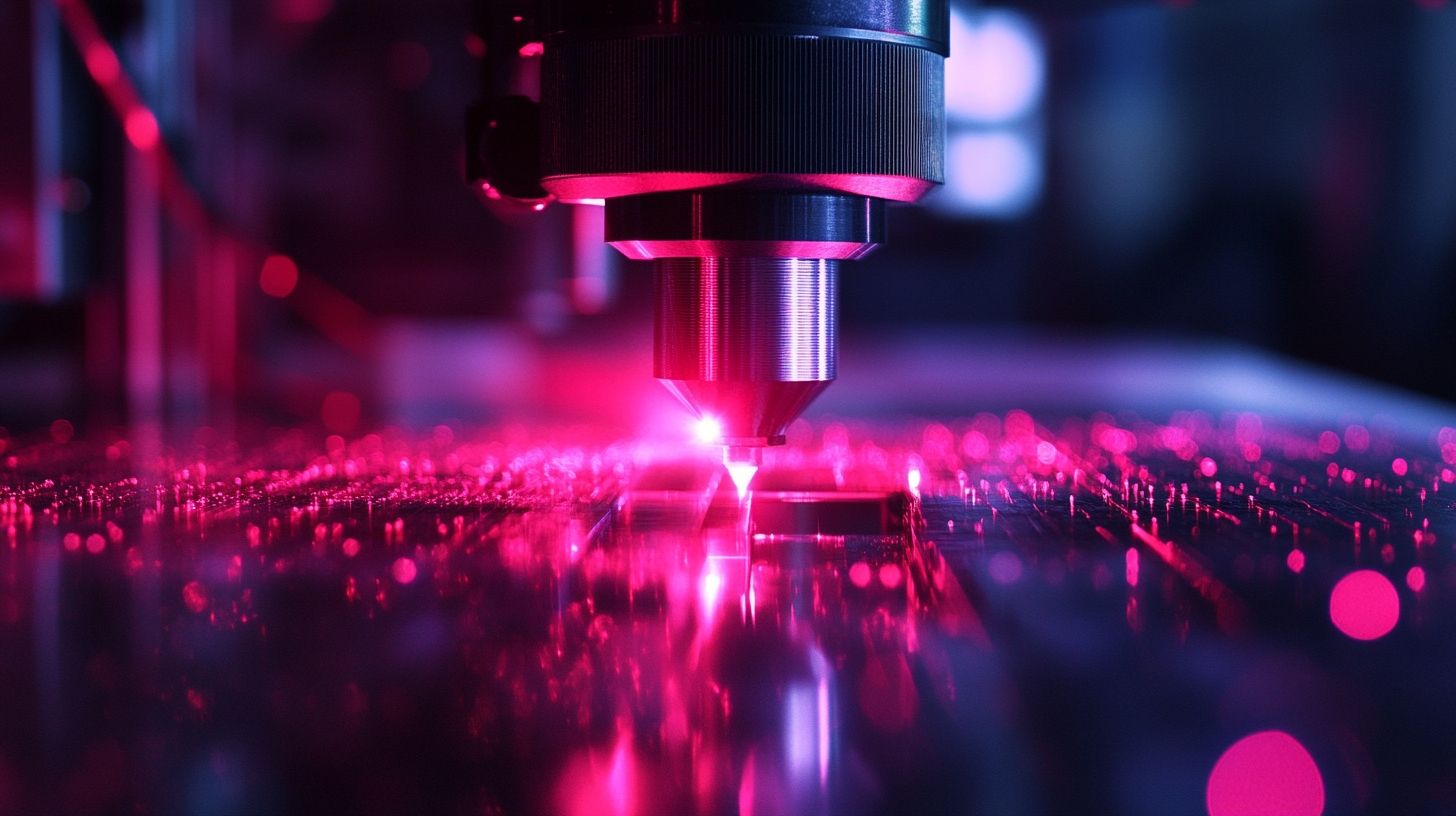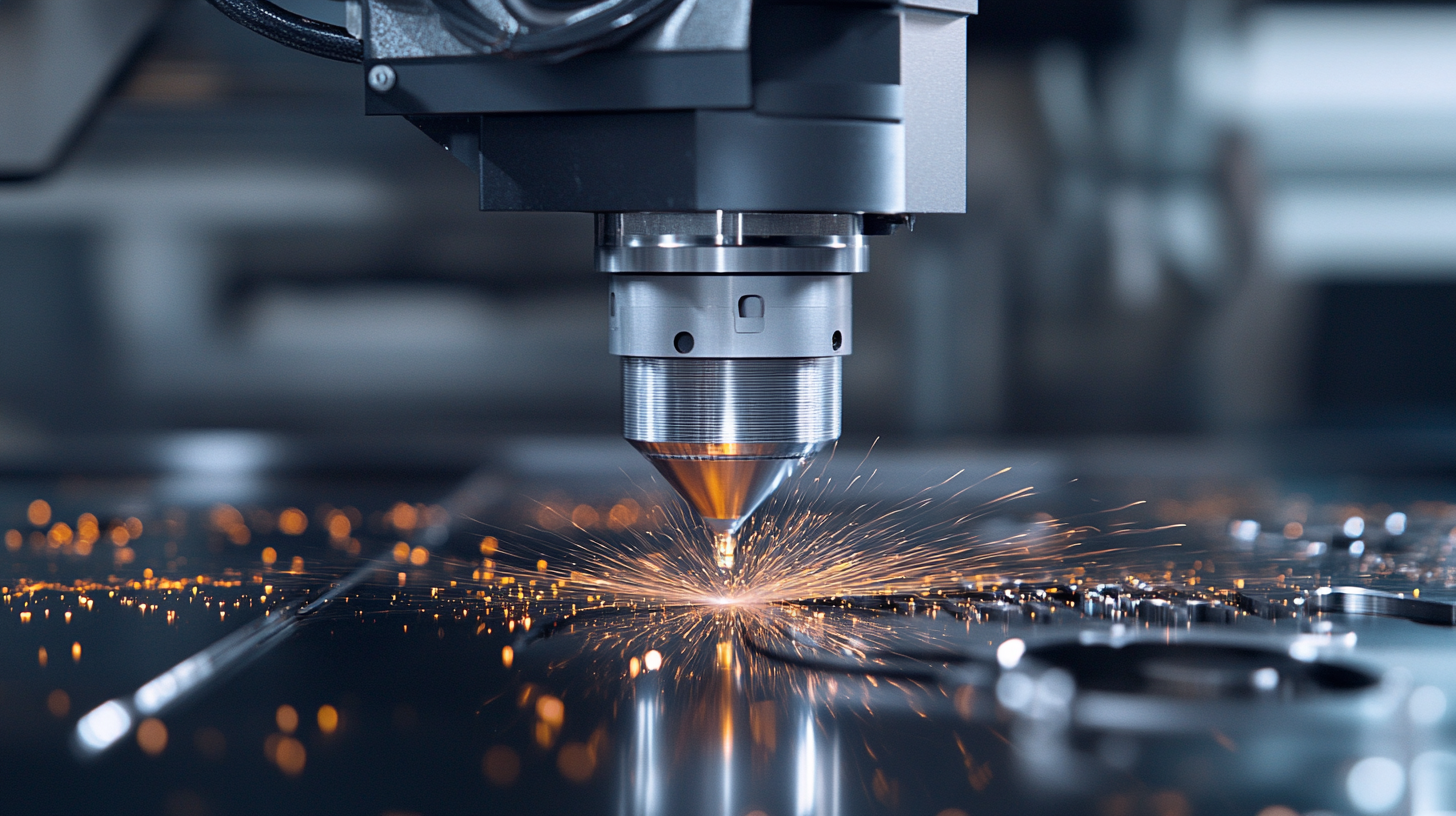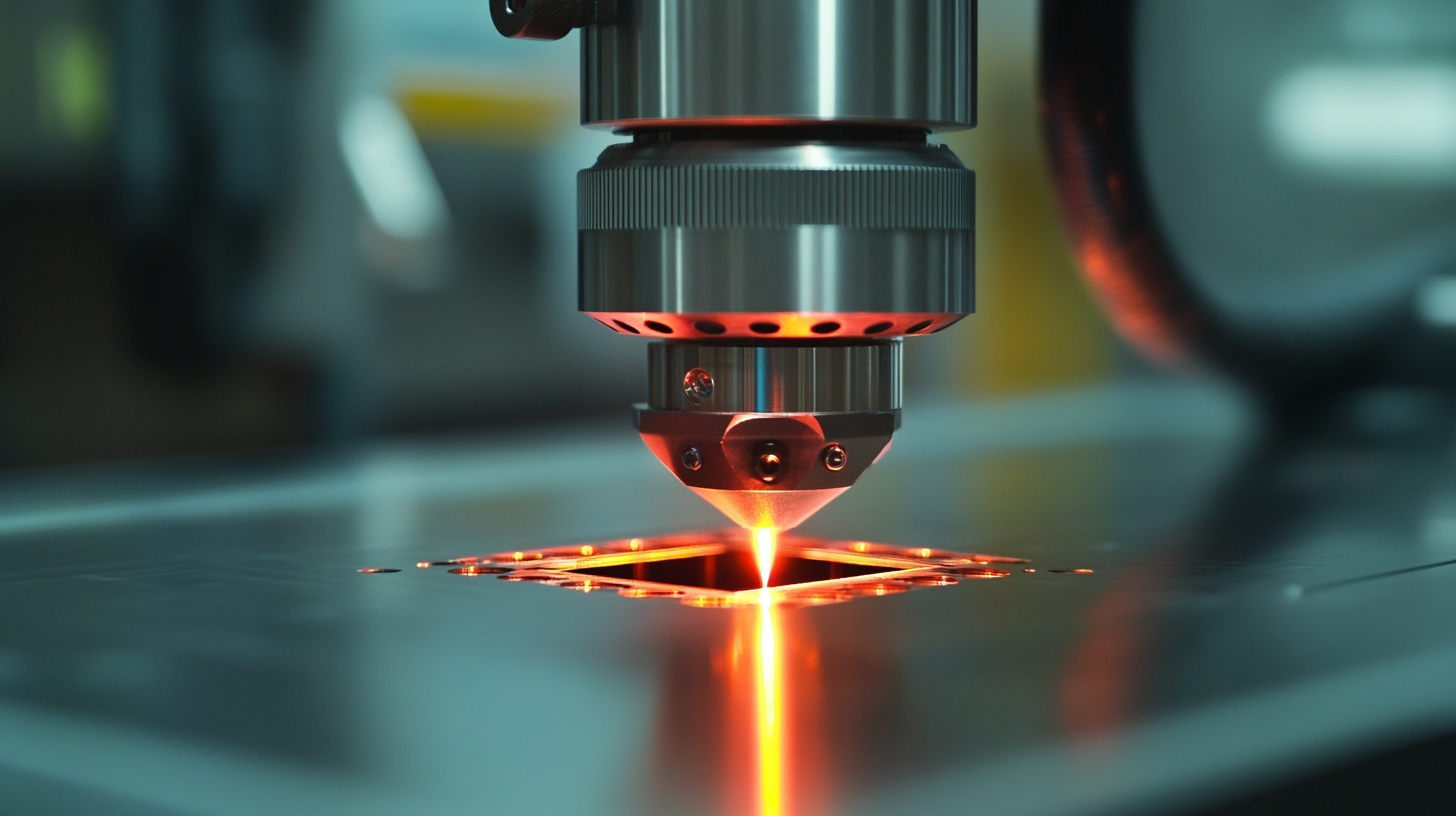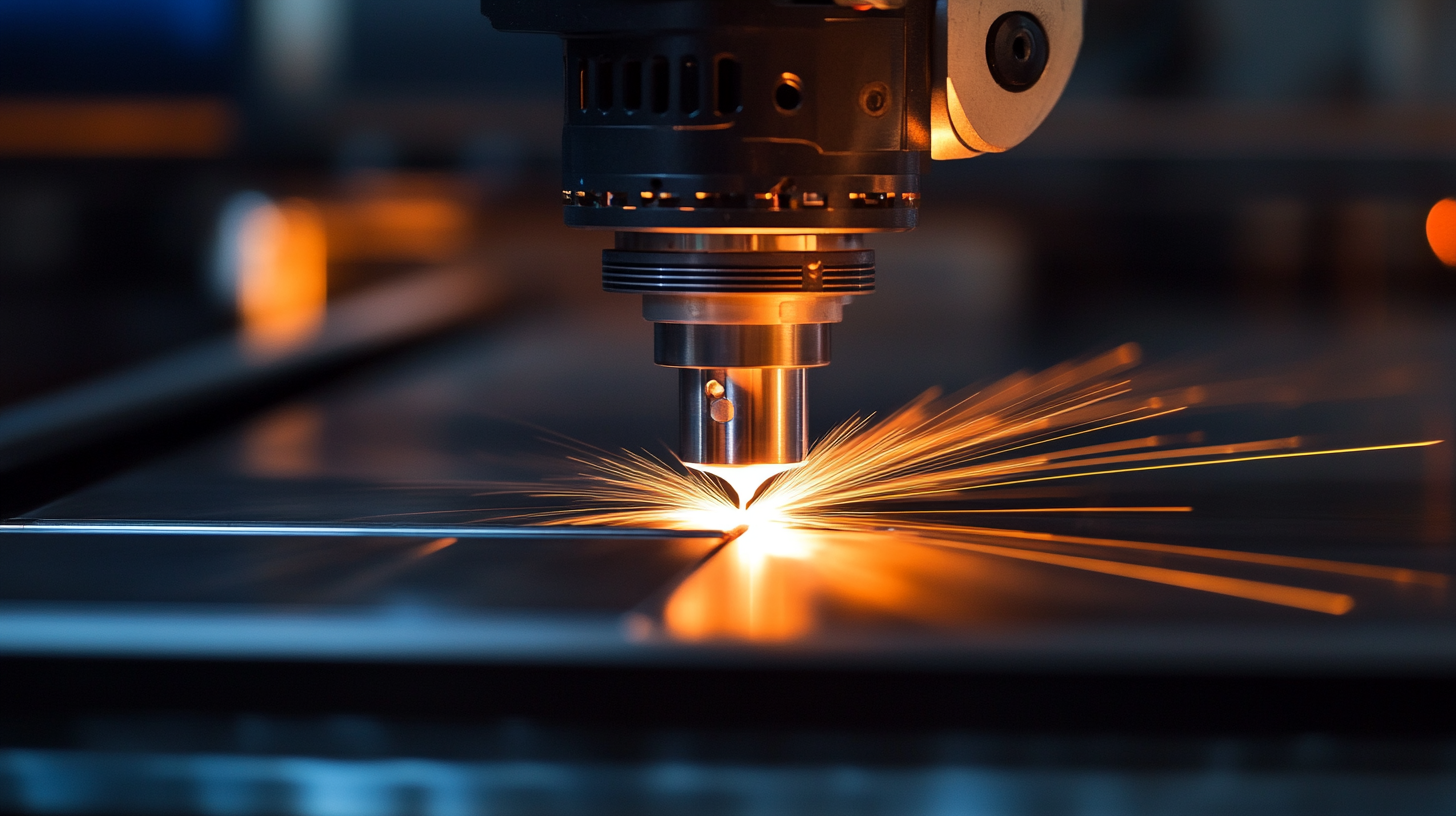The use of Laser cutting is one of the greatest technologies capable of changing the aspect of material processing in modern manufacturing. The global laser cutting market size was valued at approximately $3.75 billion in 2021 and is projected to expand at a compound annual growth rate (CAGR) of 5.6% from 2022 to 2030, according to the report of Grand View Research. This rapid growth can be attributed to the increasing demand for high-speed, high-precision cutting in various industries such as automotive, aerospace, and electronics. As businesses strive to improve operations, comprehension of the specifications and capabilities of laser cutting is necessary for optimizing production processes.
Yet still, most often power levels, cutting speeds, types of materials, and much more in regard to laser cutting technologies hinder manufacturers from increasing their output. Advanced techniques for cutting with fiber lasers and CO2 lasers are likely to sharper improve both quality of cutting and efficiency of material processing. Companies must keep track of developments and the standards dictated by laser cutting technology if they are to remain competitive. This blog post will be looking at the key characteristics of laser cutting that will allow industries to operate more smoothly and manage their materials better.

Laser cutting technology changed everything for various industries, giving them precise and efficient material-processing solutions. It uses focused laser beams to cut through materials that are mostly hard and high in melting point; hence, good for metals, plastics, and even advanced composites. The energy of laser systems concentrated in a very small area allows for intricate designs and very tight tolerances, which are extremely significant for the automotive, aerospace, and electronics industries. Recent developments added a variety of new applications for laser technology. For example, with breakthroughs in laser peeling processes, large-diameter silicon carbide substrates have been manipulated successfully. This has particular importance in the semiconductor industry, where the physical properties of the material such as thermal conductivity and electric field strength play a fundamental role. As there will consequently be continuous enhancement in the laser cutting processes, industries would see increased integration of this technology, leading to more innovations and better efficiency on the production lines.

Laser cutting technology has tremendously evolved through the important specifications of power, speed, and wavelength. These elements are imperative for effective processing of materials. Cutting of thicker materials is achieved at higher powers, while speed accounts for operation efficiency and productivity. Wavelength is as important because response to particular wavelengths by different materials varies, thus affecting cut quality.
Latest developments highlight significant ways laser cutting can work across industries, including the production of silicon steel sheets for electric vehicle motors. This innovation translates into the semiconductor sector, where laser cutting technology breakthroughs allow for slicing high-quality wafers used in advanced electronics. Such advances not only improve the manufacturing capabilities but also help satisfy the craving for renewable energy solutions; therefore, laser cutting becomes countryside of modern industrial processes.

Efficient laser cutting technology significantly depends upon the different material proprieties which are being processed. A data-driven assessment proved that the maximum important parameters which affect the speed of the laser cut, as well as the accuracy, are thermal conductivity, absorption rate, and thickness of the material. For example, some materials, silicon carbide being one of them, which are defined through higher apparent heat conductivity and underneath properties, cut by special laser parameters, thus needed for cutting efficiency.
It is here to mention that these laser cutting processes are now more emerging in semiconductor industries for the adaptation of materials other than semiconductors. As aerospace as well as renewable energy are heading towards miniaturized and integrated evolution, finding out the effects from these material properties becomes critical to maximizing their productivity. With data-based prescriptions, capitalists can upscale their processes and make laser cutting a very-well-required tool to innovate high-tech applications.

In the semiconductor industry, cutting materials with precision and quality has made laser cutting an important technology. Laser cutting parameters affect not only the efficiency of cutting operations but also the surface quality of the materials being processed. The stability of these parameters during laser cutting is critical, especially for more advanced materials like large-diameter diamond substrates.
Cutting-edge combinations of laser cutting and other techniques are being analyzed for potential applications to some challenges related to semiconductor fabrication, like defect analysis. The ability to efficiently process hard materials such as silicon carbide with high-power lasers reaffirms the significance of laser cutting specification optimizations. Through parameter optimizations, industries not only promote their materials to gain superior performance but also technologically assist the field of semiconductor.
The future of laser cutting technologies holds promise, especially now that the methods have been enhanced with laser etching and PFIB etching for studying semiconductor failures. The former technology helps with the minimal removal of overlaid materials to gain access to vital circuit components for high-resolution imaging in electron microscopes. With mechanical cutting and polishing, mechanical stresses might have been induced, resulting in damage to the sample. Contrastingly, laser-processing works in the non-invasive realm, truly protecting the interest of sensitive materials.
In addition, the laser equipment industry in China is growing rapidly and becoming a significant player in, and contributor to, the global market. The development of focused and stable energy output laser tools allows highly efficient processing of hard and high-melting-point materials. As developments unfold, laser technology adoption into semiconductor manufacturing such as the large-diameter single crystal diamond substrate and advanced silicon carbide processing will set new standards in the industry thereby improving the performance and productivity in material processing.
The key specifications that impact laser cutting technology include power, speed, and wavelength.
Higher power levels enable the cutting of thicker materials, making power a crucial factor in laser cutting efficiency.
Speed dictates the efficiency and productivity of the cutting operation, affecting how quickly materials can be processed.
Wavelength is essential as different materials respond variably to specific wavelengths, which affects the quality of the cut.
Laser cutting is significantly impacting production in the electric vehicle motor manufacturing and semiconductor industries.
Recent breakthroughs in laser cutting technology facilitate the slicing of high-quality wafers used in advanced electronics and semiconductor fabrication.
Laser cutting parameters such as power, speed, and focus directly affect cutting efficiency and the surface finish of processed materials.
Precise control is critical for achieving the desired outcomes when processing advanced materials, such as large-diameter diamond substrates.
Laser cutting can help address challenges such as defect analysis in semiconductor fabrications through its integration with advanced techniques.
Optimizing laser cutting specifications enhances the performance of materials and contributes to the overall advancement of semiconductor technologies.